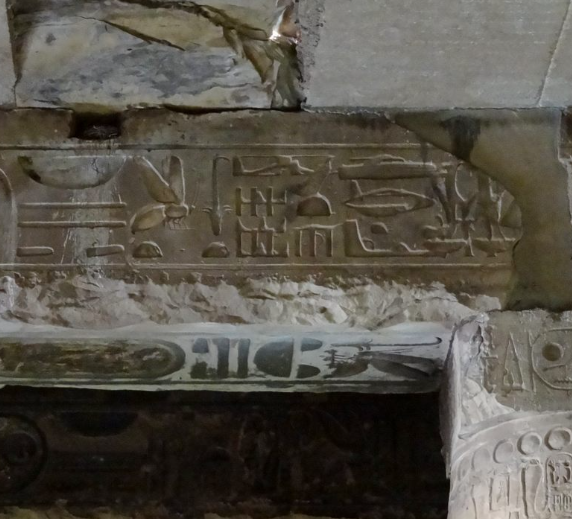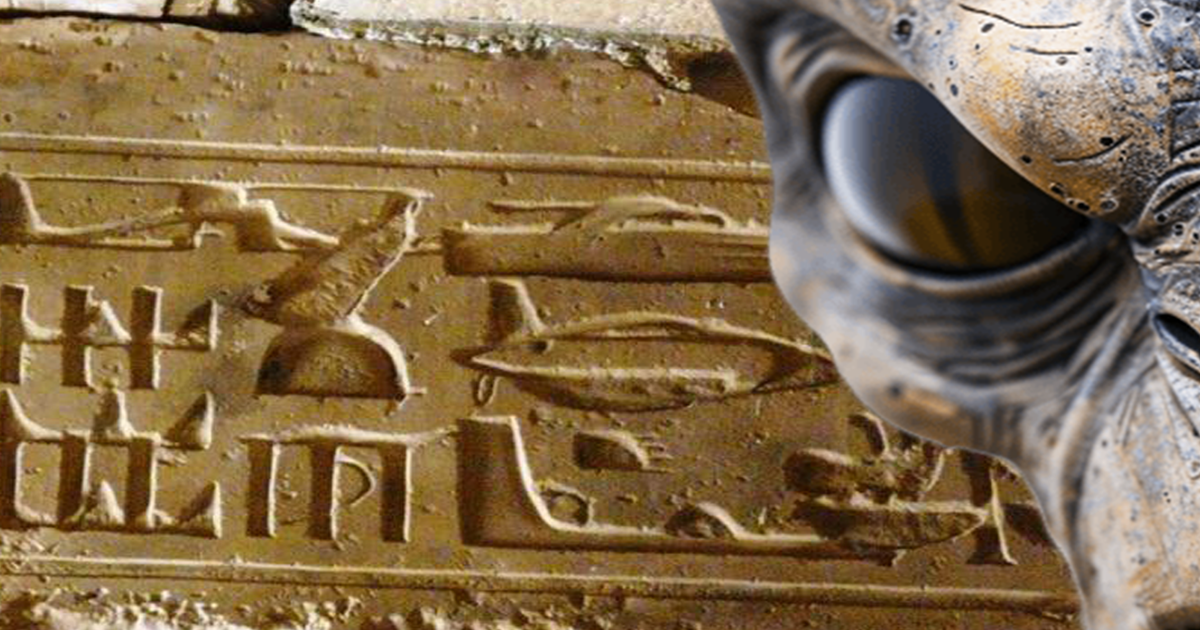Deep within Egypt rests the majestic Temple of Seti I, a remarkable reflection of the sophistication and glory of the ancient Egyptian world. Within its ancient walls, a puzzle awaits discovery – hieroglyphs hinting at what seem to be prototypes of contemporary flying machines, sparking debates on the likelihood of ancient flight. While common views suggest symbolic meaning or misinterpretation, the existence of these puzzling symbols raises captivating inquiries about the technological ingenuity of our forefathers.
Situated in Abydos, the Temple of Seti I stands out for its elaborate carvings and depictions of Egyptian myths and history. Yet, the portrayal of peculiar objects resembling airplanes has seized the imagination of scholars and enthusiasts. These unusual symbols, often disregarded as mere artistic flair or misunderstanding, bear a striking resemblance to modern aircraft, complete with bodies, wings, and tails.
A hypothesis proposes that the aircraft-like hieroglyphs might symbolize celestial vehicles utilized by the deities in ancient Egyptian lore. According to this viewpoint, the gods were frequently depicted traversing the skies in celestial ships or chariots, symbolizing their divine might and supremacy. Thus, the aircraft-like symbols in the Temple of Seti I could allegorically represent divine travel rather than literal depictions of ancient aircraft.

Nevertheless, skeptics argue that linking the aircraft-like symbols with divine conveyance may oversimplify their significance. They propose that these symbols might have been inspired by natural occurrences or artistic creativity rather than technological accomplishments. Furthermore, the lack of supporting evidence, such as physical remnants of ancient aircraft or textual mentions of air travel, leads to skepticism regarding the notion of advanced aeronautical knowledge among ancient Egyptians.
Another viewpoint on the aircraft-like hieroglyphs suggests they could result from cultural diffusion or exchanges between different societies. Ancient Egypt served as a center for trade and interaction, welcoming merchants and travelers from distant lands who brought new ideas, technologies, and artistic styles. Hence, it is plausible that the aircraft-like symbols in the Temple of Seti I were influenced by foreign cultures or artistic conventions rather than indigenous innovations.
Aside from cultural impacts, some researchers propose alternative interpretations for the aircraft-like hieroglyphs, linked to the symbolism and function of Egyptian temple architecture. Temples were considered sacred spaces harmonizing the divine and earthly domains, and the imagery on temple structures served both spiritual and practical functions. Thus, the aircraft-like symbols may have conveyed abstract notions or religious teachings rather than representing actual flying machines.
To sum up, the existence of aircraft-like hieroglyphs in the Temple of Seti I prompts compelling reflections on the technological prowess and cultural exchanges of ancient Egypt. While traditional views lean towards symbolic interpretations or artistic freedom, the enigmatic essence of these symbols kindles ongoing discussions and speculations. Whether they attest to ancient flight, divine journeys, or simply creative expression, the aircraft-like hieroglyphs serve as a reminder of the enigmas of the ancient past and the intricate tapestry of human history.
